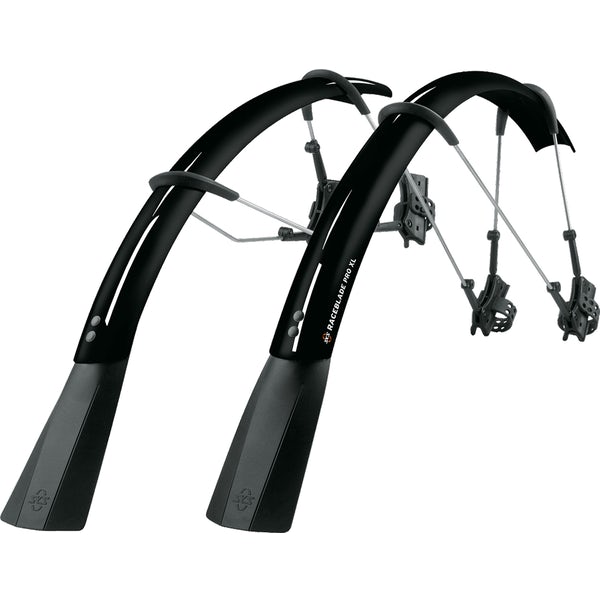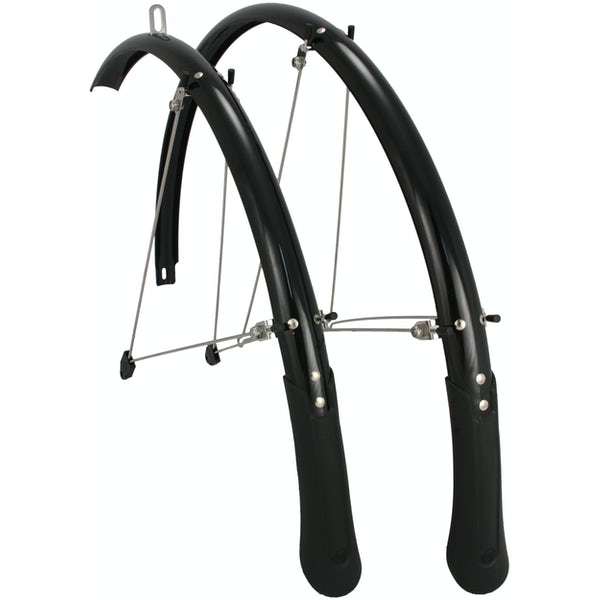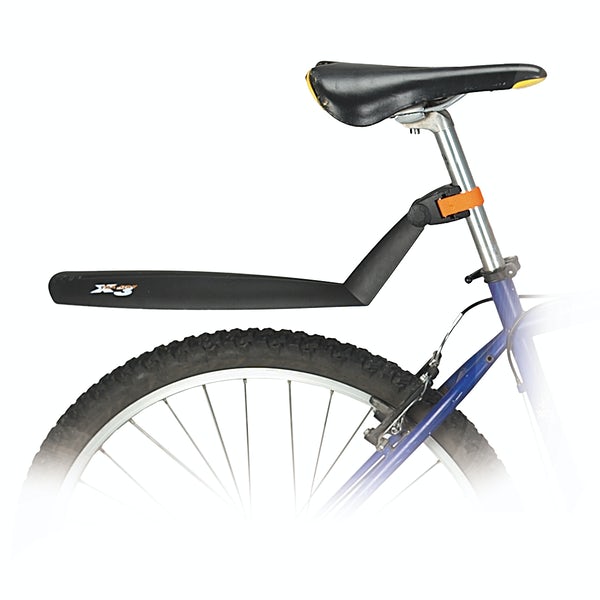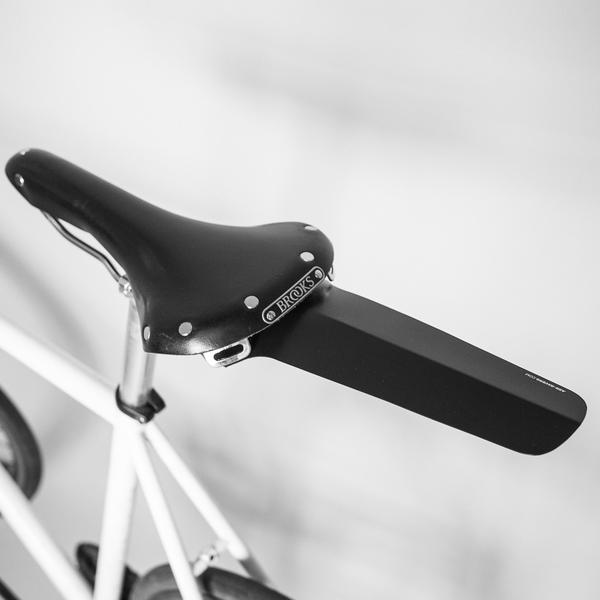The basics of choosing fenders
There's more than one way to keep your butt dry
 Photo by:
MEC
Photo by:
MEC
Mucky and muddy roads are a major deterrent for anyone who wants to ride outside. As your wheels turn they spray up any loose mater that your ride over, covering your back, legs and face with unwanted road grime. That’s where fenders come in.
Fenders, known as mudguards in some places, keep your body dry and your bike less gunky. They also save other cyclists from being sprayed in the face when you ride through a puddle in front of them. If you’d like to join the ranks of less-muddy fender-using cyclists, you have a few options to choose from.
A note on clearance
The most important factor to consider when buying fenders is whether they will actually fit with your bike’s geometry. What that means varies from fender style to fender style, but the biggest source of problems is normally whether the fender will allow enough clearance for your tires. Don’t forget to consider whether you’ll be increasing your tire size in the winter.
Typically, the more coverage a fender offers, the more risk there is of it not squeezing in just right. I you’re looking for full mudguards that looks like a semi-circle and offer the most protection, your safest bet it to buy them from a local shop and have a mechanic confirm the fit before you make your purchase.
Full-length fenders

Almost all full-length fenders are designed to attach to holes or eyelets on your bike. If you have a commuter, gravel, cyclocross or touring bike, you may have the appropriate holes to attach these fenders. Full-length fenders will offer the best coverage from anything that may splash you. When attached properly, they’re also the most sturdy fender option out there.
Clip on fenders

If your bike wasn’t built for fenders or mounts you still have options. Clip on fenders come in a range of sizes, and tend to be slightly lighter than their bolted-on cousins. Generally, these fenders are also easier to take on and off, so you won’t have to bring them on your ride when the roads are clear.

Some clip on fenders mimic most of the shape of full-length fenders requiring a little more time and fiddling around for installation. Others simply attach to the seatpost—they offer less coverage but will fit on most bikes and are quick to install.
Saddle clipped mud guards
These are easily the most affordable, portable and quickly removable fenders. They’re also the least effective. You could theoretically store one in your back pocket if you needed to, and when installed, they’ll work to hold back some light grime and water.

With fenders (as with many things), price and ease of installation normally correlate positively with efficacy and and longevity. But if you’re just looking for a quick solution for some slightly damp roads an Ass-Saver will do just fine.
